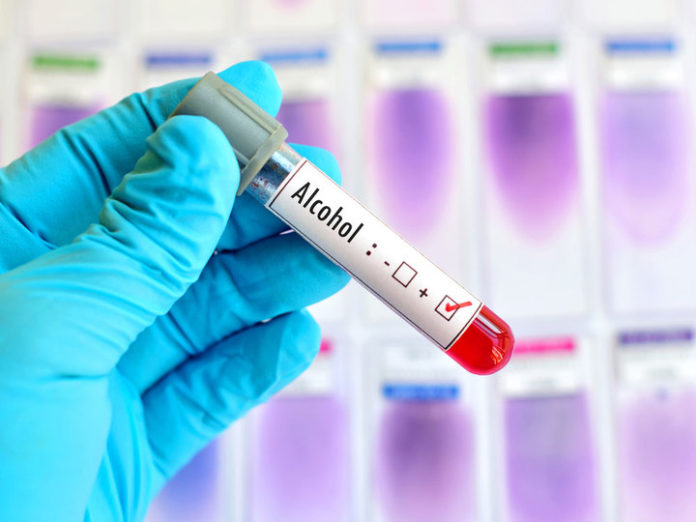Research suggests that accurate drug tests during the addiction recovery process can be invaluable tools in fostering recovery and that removing the stigma attached to drug tests may promote addiction recovery.
A study published in the International Journal of Mental Health and Addiction posits that mitigating the stigma associated with drug tests in the clinical setting can promote addiction recovery. Drug tests often carry a number of stigmas, especially when the tests are associated with the legal system or with the workplace, where a positive result might mean legal consequences or a lost job.
Circumventing stigmas can be valuable since drug tests are utilized as a recovery tool in clinical settings. Negative perceptions of drug tests can lead to a variety of potential problems, including needlessly burdening therapeutic relationships, stigmatizing patients, and invoking the specter of legal repercussion.
As laid out by the American Society of Addiction Medicine White Paper, there are numerous therapeutic benefits to clinical drug testing. These include self-report verification: when a patient claims they have not been using their substance of choice, a drug test can be administered in order to confirm the accuracy of the self-report. Among the many additional benefits of drug tests in clinical settings are the monitoring of relapse and the enhancement of motivation for participating in addiction recovery treatment.
The study called for deeper research on the negativity drug tests carry into a recovery setting to afford patients the benefits potentially provided by clinical drug tests and set out to conduct a generic qualitative exam of how tests functioned at a clinical level.
In order to provide a groundwork for additional studies on the effects drug tests had in a substance abuse treatment facility, researchers spoke with a number of counselors at two large urban addiction recovery facilities about their experiences on administering drug tests to patients. Results were kept confidential and any information that could potentially be used to identify the patients was removed before the data was analyzed for the study.
Ultimately, a common narrative emerged from… (continue reading)
















